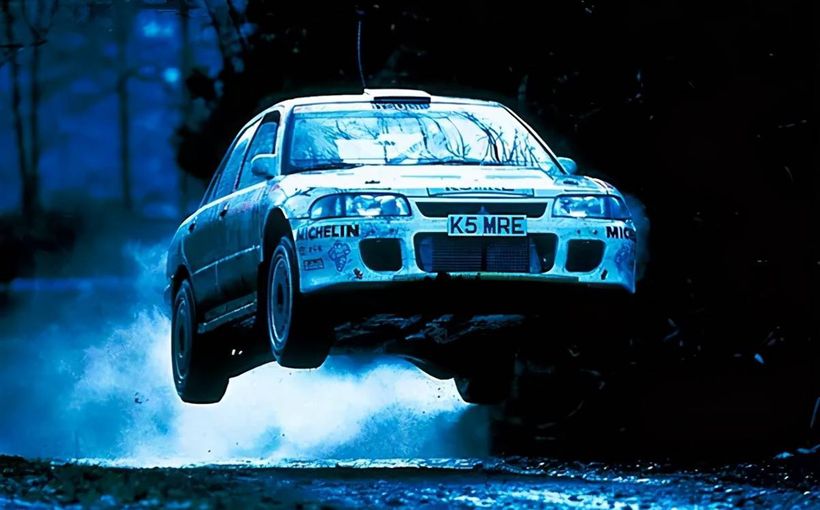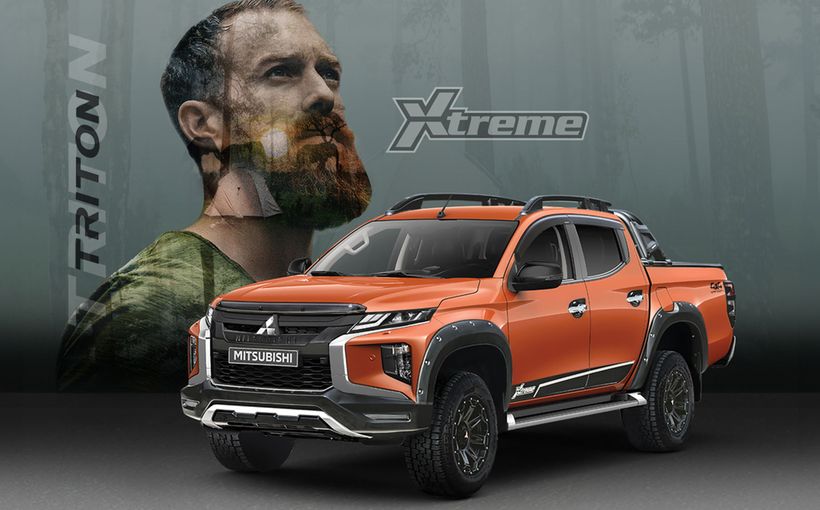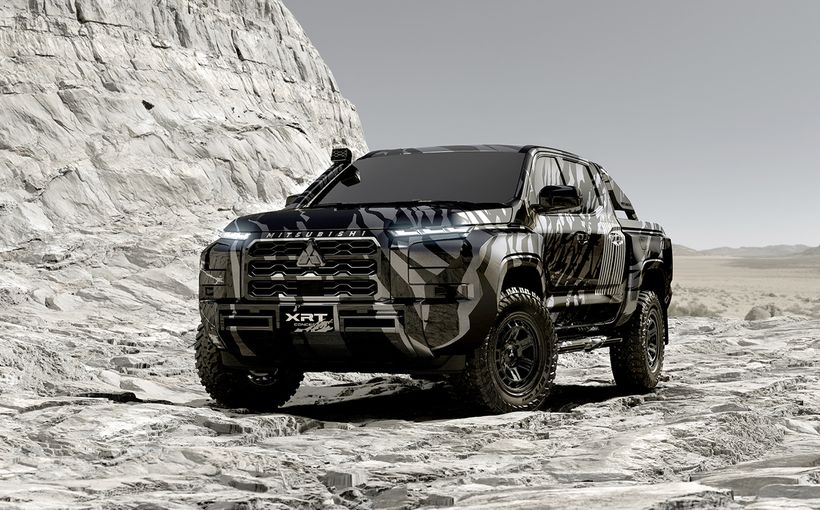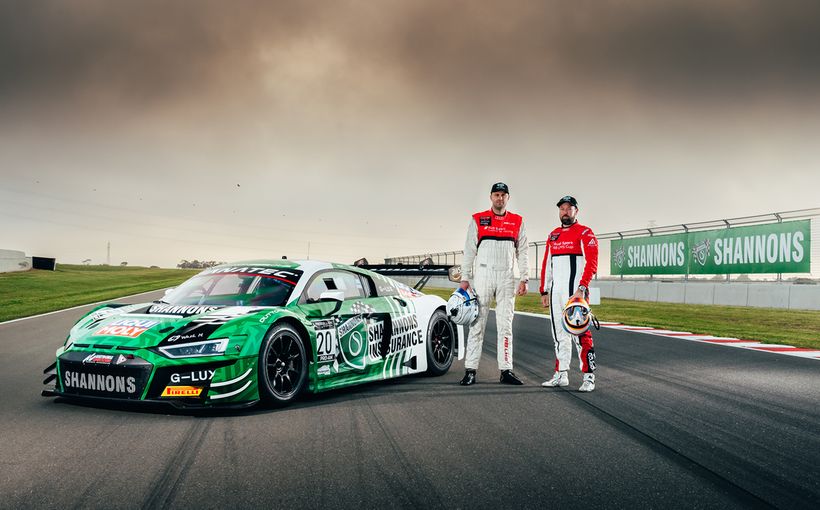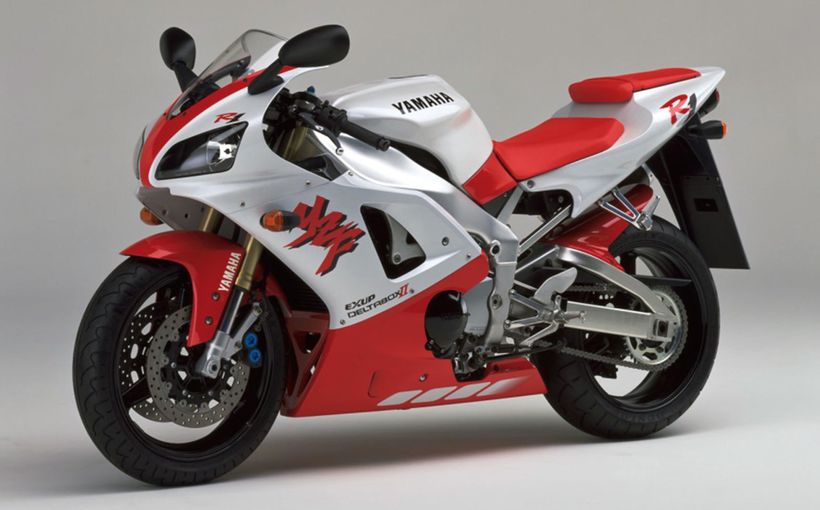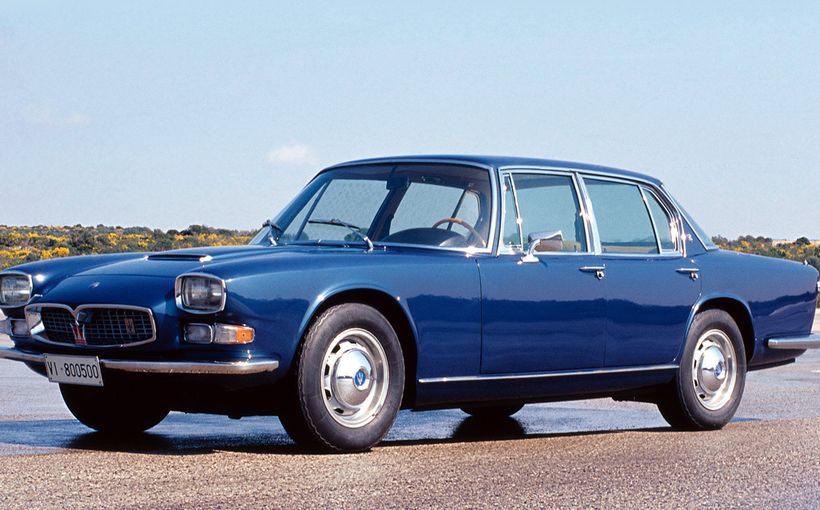Mitsubishi Lancer Evolution: forest racer with a rego label

The Mitsubishi Lancer Evolution has established a brilliant reputation in Australia, despite the fact that for much of its 25-year history it was not even sold here. Surely, the abbreviation of ‘Evolution’ to ‘Evo’ is one of the most significant in automotive history. So many other model names are not unique. Take the word which precedes ‘Evolution’, ‘Lancer’: the Mitsubishi Lancer has had at least two same-named predecessors – the Austin Lancer and the Dodge Lancer.

There is only one Evo but it has been sold in a bewildering number of variants since the early 1990s, most of them with just one numeral to identify them. The first Mitsubishi Lancer Evolution was sold on the domestic Japanese market from 1992. The last, not very imaginatively badged ‘Evolution X Final Edition’ was produced in 2016. Of the 1000-car batch, 150 were reserved for Australia.
Before the Evo, came the Lancer GSR, which was never a huge sales success. I mentioned how the first Subaru Impreza WRX made the Mitsubishi all-paw turbocar feel lightweight by comparison.
Mitsubishi and Subaru both ran factory teams in the World Rally Championship. The WRX and the original Lancer Evolution were both designed specifically to homologate cars for this purpose. The opening chapter, ‘Diamonds across the World’, in the 1993-94 edition of the Mitsubishi Motor Sports annual coffee table volume celebrates the company’s successes, linking motorsport with core brand values of toughness and speed:
The three-diamond emblem of Mitsubishi is now familiar in every corner of the world and nearly every form of motor sport. The Mitsubishi name is synonymous with success in rallying – the toughest of all forms of motor sport. And for Mitsubishi cars – whether the powerful road machines blasting across the stages of the World Rally Championship or the irrepressible Pajeros hurtling through the deserts of Africa – the tougher the challenge, the more successful they are. The 1993 season provided the sternest rallying challenge ever for Mitsubishi. The new Mitsubishi Lancer Evolution was launched in the World Rally Championship, and Mitsubishi Pajeros contested the newly-formed World Cup for Cross Country Rallies.
By the 1993 RAC Rally, the Mitsubishi Lancer Evolution had become one of the fastest and most competitive cars in the world rally series. Armin Schwartz held the lead until an unfortunate accident, but Kenneth Eriksson took a fine second overall for the team. At the 1994 Monte Carlo Rally the Lancer Evolution showed its speed and power again. Schwartz was frighteningly fast over the opening stages – no other car could get close. Schwartz won more stages than the rally winner. In the 1994 Safari Rally, the toughest event in the WRC calendar, Kenjiro Shinozuka drove a Lancer Evolution to a second overall finish, the Japanese ace’s best result ever in his favourite event. The Mitsubishi Lancer Evolution had come of age.
This must have been heady stuff indeed for Mitsubishi, mostly known until the 1990s as a manufacturer of reliable, sometimes stolid cars, with notable exceptions such as the Starion and Cordia Turbo. So internationally famed did the Evo soon become that other markets clamoured for it. Ralliart dealer networks in the UK and Europe received an allocation from 1998, but it was not until May 2001 that the car was available from just eight specialist dealers in Australia.

Just 100 cars were imported, all of them built in September of the previous year and proudly bearing the title Ralliart Lancer Evolution V1 Tommi Makinen Edition, but more simply understood as the Evo 6.5. This was the first hot Lancer available locally since the aforementioned GSR slipped off the market in 1996. Furthermore, in May 2001, the all-new Evo VII had already been released in Japan.
By this stage, the Mitsubishi Lancer Evolution had won four consecutive World Rally Championships and to say that the car’s reputation preceded it would be an understatement. The Evo had triumphed over Subaru, but Australian customers searching for a road car with the makings of a forest racer had to settle for the latter.
The marketing executives at Mitsubishi Motors Australia Limited (MMAL) were wryly aware that they had made a notable contribution to the immense success of the Subaru Impreza WRX on this market by not offering a rival. In reality, of course, the staggeringly expensive ($79,990) Evo VI competed with the WRX STi.
While neither the WRX nor the bespoke STi were regarded as plush or well equipped – technical wizardry aside, the Evo VI must have perplexed some prospective customers thinking of trading, say, a BMW E36 M3 or HSV GTS. There was no central locking, let alone of the remote-controlled variety well established by the mid-1990s. But the Evo and STi are best understood as competition cars de-tuned and up-specced for the road. Even the little Mitsubishi’s superb Recaro front seats would have been perfect for club motorsport.

White 17-inch Enkei alloy wheels were standard regardless of which of the four available colours was chosen by the customer.
The performance was amazing. Maximum power was quoted at 206kW to meet Japanese regulations but the real output was probably higher. The peak torque number of 373Nm at 3000rpm was more indicative. Zero to 100 took 5.3 seconds on the way to a 13.2 400m time, so it was quicker than a BMW E46 M3 and equal to a Porsche 911.
An Active Yaw Control feature transferred torque between the rear wheels.
Despite this promising start for the Evo’s Australian career, the Tommi Makinen Edition was not succeeded locally by the Evolution VII. Because the Evo VI was only available for seven months (until December 2001), prospective buyers of a locally delivered Evo had to wait until June 2004 and the Evolution VIII.

There was good news and less good news. Best of all was the $61,990 pricetag, which was within $5K of the WRX STi. The only option was leather trim for an extra $3000.
Disappointingly, and due in no small measure to inferior Australian fuel, this version was down on power. The factory claimed 195kW and 355Nm, which were probably accurate. Because – like its predecessor – it was imported under the Specialist and Enthusiast Vehicle Scheme, just 100 cars were available. But a second batch arrived in March 2005. Distribution was through 18 dealers. (by contrast, Subaru Australia sold 1837 WRXs and 368 WRX STi’s in 2003.)

The 0-100 time was down to 6.1 seconds with the standing 400 metres at 14.5. Never mind. The real key to the Evo was always its dynamics. The handling was as superb as ever with a trick new so-called Active Yaw Control system permitting power oversteer, which was novel in an all-wheel-drive car. Front to rear torque distribution was more closely monitored. And how great to have a switch to cycle between tarmac, gravel and snow programs according to conditions.
Enkei 17 X 8 alloys with 235/45 Bridgestone RE50 Potenzas were standard. A new feature was a so-called Sports ABS for better control on loose surfaces. Brembo brakes were standard.
Fuel economy is rarely a major consideration for buyers of such cars but the Evo’s small 54-litre tank was a limiting factor in interstate cruising.
Like its predecessor, this 2004 machine had a tough-as-nails feeling with plenty of noise at idle and a seriously firm ride. And, if you wanted firmer, you only had to tick an options box, as with choosing leather over cloth for the seats. Cruise control? You’re kidding! But overall NVH levels were less demanding than those of the uncompromising Evo VI.

One feel-good feature for such focused customers was doubtless the button between the seats for spraying water on the throttle body to keep induction temperatures cooler manually. (Problem was, this function was also performed automatically by this great little car with its high level of artificial intelligence.)

The Evo IX arrived here in 2008. With aluminium roof and door intrusion bars, it had shed 60 kilograms to tip the scales at 1410kg. For the first time in this country, the Evo became a regular model and its price seemed reasonable at $56,789 (this sequence having been chosen by MMAL’s shrewd marketing dudes).
A higher level of standard equipment was provided. Climate control (as opposed to manual air-conditioning), six-CD in-dash stacker and (GPS-driven) DiamondTrac vehicle tracking system were part of the deal but – as if deliberately to emphasise the Evo’s hardcore nature – there was still no cruise. But with better door seals and other attention to noise levels, the Evo IX was detectably quieter, although still one of the noisiest production cars available.
The standard 18-inch alloys were Enkeis. But if you specified the $3700 MR option, you got one-piece forged BBS rims which lowered unsprung weight, while the ride height was 15mm lower and Bilstein dampers were fitted front and rear.
The familiar 2.0-litre turbocharged and intercooled engine was equipped with variable camshaft timing. And the turbocharger had been reworked to yield more torque with better response. Power was back to 206kW (at 6500rpm) as in 2001 but with a little less torque (355Nm at 3500). A six-speed manual gearbox was standard with a dual sequential transmission with the same number of ratios optional. The zero to 100km/h time was 5.5. But by 2008, times that had seemed electrifying in 2001 were merely very quick.

In May 2008 MMAL released the shark-nosed Evolution X and guests were invited to refer it by its full name rather than the abbreviated ‘Evo’. Like all the new range of Lancers, the Evolution X was 60mm shorter but had an extra 25mm in the wheelbase. The disappointment was a weight increase of 90kg, reflecting in part its significantly stiffer and more rigid body.
For the first time in its history, the Evolution received a new engine with an alloy block (12kg lighter) and a timing chain instead of that expensive-to-replace rubber belt. Power was up from 206 to 217kW, while torque jumped 11Nm to 366, but these increases failed to compensate for the extra weight.
Three distinct versions were on offer. The entry level $59,490 variant came with a five-speed manual gearbox. Spend $64,490 and you enjoyed the benefits of Mitsubishi’s new six-speed SST dual-clutch transmission with gearshift paddles. The topline MR variant with SST cost $71,690.
Even the base car came with front and rear strut braces, Bluetooth connectivity, climate control and – at last – cruise control.
The MR was fitted with two-piece Brembo front discs, lowered Eibach springs, Bilsteins, HID adaptive headlights and handsome 18-inch BBS forged alloys. Leather Recaros and a fancy Rockford Fosgate nine-speaker sound system (that might have served better in a less vocal machine!) and a touch-screen panel were also standard.
Budget-minded buyers happy to have a five-speed manual gearbox could spend an extra $5500 to get all the go-faster bits (Eibachs, Bilsteins, BBS’s and trick Brembos) without the plush stuff.

This was the first Evo ever with an even passably comfortable ride and for those of us accustomed to some of the earlier models this almost amounted to a loss of character. But in the real world, it made for a much better experience, while around a wet Winton racetrack, the Evolution X felt like the closest thing to a race car with a rego label I had driven since the old Australian Skyline GTS sedans of the late 1980s.

In 2015 Mitsubishi released its Evolution X Final Edition, 150 of the total batch of 1000 (all in either red or pearl white) being destined for the Australian market. Changes were modest. The 18-inch BBS rims, Eibach springs and Bilstein dampers from the old MR were included. And the roof was finished in gloss black.
Power was up to 226kW with torque of 414Nm. But in this last of the Lancer Evolutions which weighed so much more than the earlier ones, performance was no longer in the astonishing category. Where once any Evo made mincemeat of HSVs, this was far from the case for the Final Edition, unless the venue was a tight racetrack.
The battery and some other smallish items were relocated to behind the rear seat to improve weight distribution.
Amazingly, there was no satnav and the sound system was average at best. But there was a reversing camera. The fuel tank was a tiny 45 litres and with only five speeds in the manual gearbox range could be as short as 250km.
The price of $53,700 was keen, especially when compared with the $79,990 being asked for the Tommy Makinen Edition Evo VI way back in 2001.
In summary, the Lancer Evo will always be considered a bespoke small sports sedan with extraordinary dynamic prowess. Although most variants have been distinctly lacking in creature comforts and a cossetting ride, devotees then, now and in the future couldn’t care less. In many respects this is more of a pure-bred machine than its Subaru rivals.




